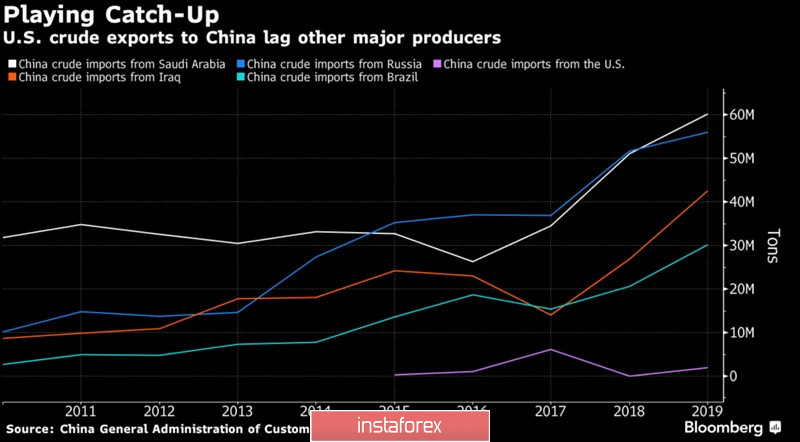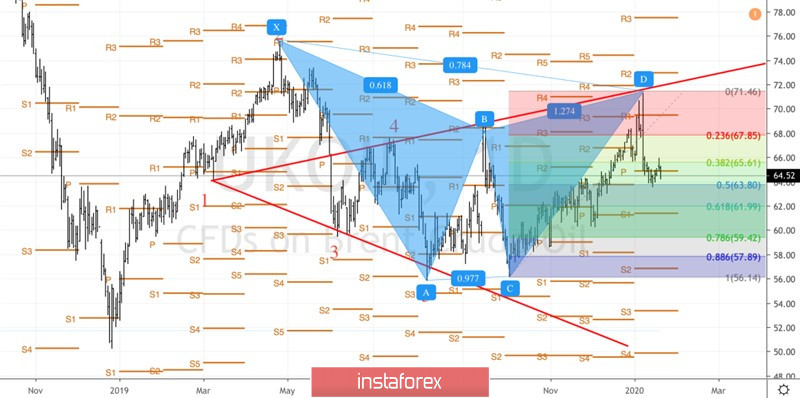When the oil market is oversaturated, a roller coaster is inevitable. They can be very cool, like after attacks on the manufacturing sector of Saudi Arabia in September or after the assassination of an Iranian general in January. Or they can be insignificant, as in the case of supply disruptions in Libya and Iraq. As soon as it became known about the unrest in these countries, the crowd began to consider their production volumes, and the major players did what they were supposed to do. They sold. In the end, everything is on the market, as usual, someone is in chocolate and someone is tearing his hair out because he missed the moment.
The rise of Brent above $66 per barrel was due to information that the Libyan national army blocked the pipeline connecting the two fields, the production volume of which is estimated at 400 thousand bps. A little earlier, there was data on interruptions in the work of several ports through which about 700 thousand bps pass. Libya's total black gold production is estimated at 1.3 million bps, with conflicts erupting periodically over the past 9 years, and tensions have reduced production to their lowest levels since August 2011. The EU is the main buyer of Libyan oil and after the information about Europe's intention to send armed troops to this country to monitor the situation, Brent quickly returned to its original position.
The conflict in Iraq turned out to be even less long-playing, where supply disruptions also occurred due to clashes between trade unions and law enforcement agencies. Baghdad is one of the largest players in the black gold market, its production volume is estimated at 4.6 million bps. It was not possible to catch fire from the spark as the very next day, the official authorities announced that the conflict had been settled.
Oil production dynamics in Iraq and other countries:

Events in Libya and Iraq have once again convinced that a new reality has entered the market. The aggravation of geopolitical risks makes prices soar, but they immediately come back. This is possible when it comes to a glut. Indeed, according to IEA estimates, supply growth from non-OPEC countries will amount to 2.1 million bps in 2020, and global demand growth will only be 1.2 million bps. The cartel needs to try very hard to balance the market. Among investors, there is a growing belief that the US is sitting on a huge amount of stocks, so it's not worth worrying about geopolitical shocks.
Meanwhile, China, in the framework of the implementation of the trade agreement with the United States, is ready to increase US imports of black gold to 700 thousand bps, which will allow the States to enter the TOP-10 oil suppliers for China. The question is, will Beijing cut purchases from other countries?
The dynamics of oil imports by China:

Technically, the correction of Brent after reaching the targets for the Gartley and Wolfe Waves continues. The North Sea oil managed to find support near $ 63.8 per barrel (50% of the Gartley model CD wave). Resistance is located near $ 66.8 (Pivot levels). As long as the quotes are within the trading range of $ 63.8-66.8, there is no need to talk about the control of the market by either side, "bulls" or "bears".
Brent daily chart:






















